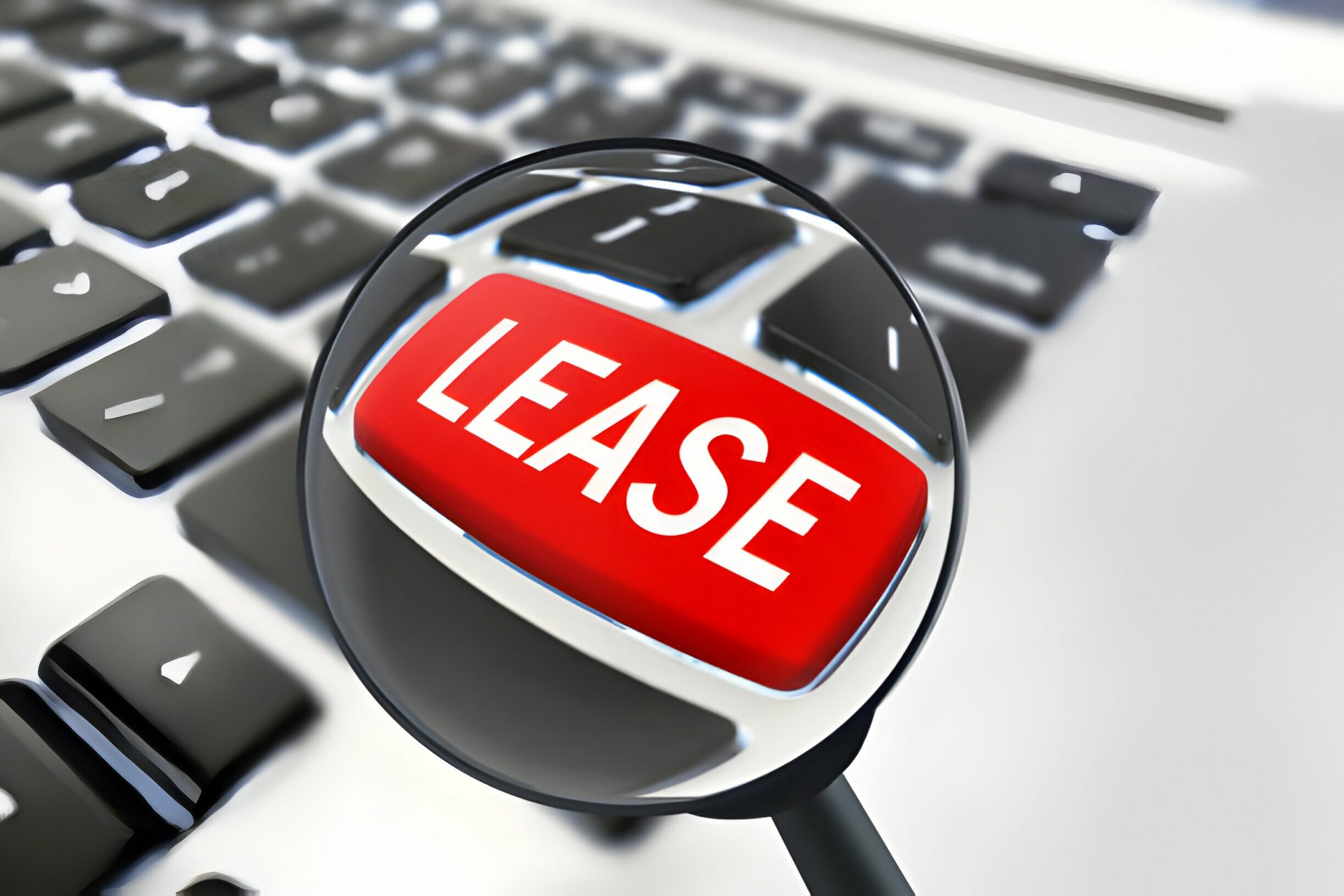Artificial Intelligence
How AI Can Help With Lease Accounting
Incorporating AI into lease accounting processes can significantly enhance efficiency and compliance with ASC 842.
Mar. 01, 2024

By Amrita Choudhary, Kiplinger Consumer News Service (TNS)
In recent years, lease accounting standard ASC 842 has replaced the ASC 840 standard. As per the Financial Accounting Standards Board updated accounting standards, ASC 842 requires that all leases, whether operating or finance, be recognized on a company’s balance sheet as right-of-use assets and corresponding liabilities.
Consider the example of a data center lease. Under the lease, company A uses the space owned by company B for the data center’s servers. Company A pays monthly rent to company B. It is a type of operating lease. Company A has to recognize a right-of-use asset on its balance sheet for having the right of use of the data center. Correspondingly, the company has to create a liability on the liability side of its balance sheet. The right-of-use asset is then amortized over the life of the asset using amortization expense on the income statement.

Thanks for reading CPA Practice Advisor!
Subscribe for free to get personalized daily content, newsletters, continuing education, podcasts, whitepapers and more...
Already registered? Login
Need more information? Read the FAQ's
ASC 842 aims to improve financial reporting transparency and comparability by ensuring that lease obligations are appropriately recognized and disclosed. Noncompliance with ASC 842 carries significant risks, including financial misreporting, regulatory penalties and a loss of stakeholder trust.
Where artificial intelligence comes in
Fortune Business Insights projects that by 2026, the global accounting software market will be worth $20.4 billion. In 2019, the global artificial intelligence (AI) in accounting market, specifically, was valued at $646 million, according to BCC Research, which projects it to reach $14 billion by 2027.
I believe that AI is going to play an important part in the successful implementation of ASC 842. All companies—whether big or small, public or private—have to implement this new accounting standard. A business might have thousands of leases that are required to operate on day-to-day operations, which means that manually converting each lease item is not a viable option. AI can convert these leases into right-of-use assets in just a fraction of a second.
Incorporating AI into lease accounting processes can significantly enhance efficiency and compliance with ASC 842. Integrating AI into these processes can not only streamline operations but can also ensure accuracy. Successful implementation, however, requires a blend of technology and human oversight. Here are some best practices and insights on effectively leveraging AI in lease accounting, while highlighting the importance of human intervention at critical junctures.
Best practices for using AI in lease accounting
- Enhancing lease identification. The initial challenge in lease accounting is accurately identifying new lease acquisition dates, a task often complicated by the lack of explicit information in contracts. AI can assist in this process by analyzing communication and documentation from both internal and external sources to pinpoint these dates, reducing the manual effort required and increasing accuracy.
- Automating invoice reconciliation. AI can be trained to review lease invoices against lease schedules, ensuring monthly charges align with contractual obligations. This automation significantly reduces the time spent on manual reconciliations, though discrepancies identified by AI should be reviewed by humans to ensure accurate resolution.
- Interpreting terms and conditions. AI’s ability to read and interpret complex lease terms—including price adjustments, renewal options and applicable incremental borrowing rates—transforms lease schedule creation. By extracting critical data points and applying the appropriate foreign currency rates based on lease terms, AI can not only streamline schedule creation but also enhance the accuracy of financial reporting.
- Including human oversight in AI-generated schedules. Despite AI’s capabilities, human verification remains crucial. A “human in the loop” approach ensures that lease schedules generated by AI align with contractual realities and accounting standards, providing an essential layer of oversight for compliance and accuracy.
Common missteps when using AI in lease accounting and how to avoid them
- Over-relying on AI. One common mistake is over-relying on AI without adequate human oversight. Ensure that your process incorporates regular checks by knowledgeable staff to validate AI’s output, especially for complex lease agreements or unique scenarios that AI may not fully comprehend.
- Underestimating the importance of data quality. AI’s performance is directly tied to the quality of the data it processes. Inaccurate or incomplete data can lead to erroneous outputs. Regular data audits and validations are essential to maintain the integrity of your lease accounting process.
- Neglecting training and updates. AI systems, like any software, require updates to stay effective. Failing to keep your AI system and team’s knowledge up to date with the latest lease accounting standards and AI advancements can lead to compliance risks.
AI is set to accelerate the implementation of the ASC 842 accounting standard across various industries. Its ability to swiftly and accurately process a multitude of lease items is invaluable. Companies, regardless of their size or current software infrastructure, stand to benefit significantly from AI’s transformative potential.
The future of accounting and finance is undeniably intertwined with AI, making it an indispensable tool for modern businesses. As organizations embrace this technological revolution, they are poised to gain a competitive edge and achieve enhanced efficiency in lease accounting under ASC 842.
ABOUT THE AUTHOR:
Amrita Choudhary is a senior accountant at Wasabi Technologies.
______
All contents copyright 2024 The Kiplinger Washington Editors Inc. Distributed by Tribune Content Agency LLC.
